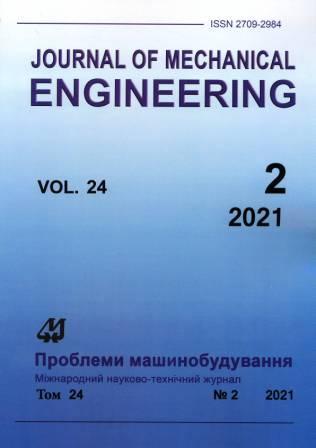An Adaptive Method for Numerical Differentiation of Difficult-to-Compute Functions
Abstract
An adaptive approach to the numerical differentiation of difficult-to-compute functions is considered. Complex dependencies, which are the result of multiple superpositions of functions or the product of various algorithmic processes, are knowingly difficult to study directly. To establish the nature of the behavior of such dependencies, one has to resort to numerical analysis. One of the important characteristics of functions is a derivative, which indicates the direction and rate of change of a dependence. However, with difficult-to-compute functions, the available a priori information is not always sufficient to achieve the appropriate accuracy of the solution by known means. The loss of accuracy occurs due to the accumulation of round-off errors that grow in proportion to the number of calculated values of a function. In this case, it is necessary to pass on to the posterior approach in order to determine the behavior of the function and move away from the scheme of equidistant nodes, relying on an adaptive way of studying the local situation in the domain of the function. This paper implements an adaptive method for finding derivatives of a function with a minimum of restrictive requirements for the class of functions and the form of their assignment. Due to this, the costs of calculating the function have been significantly reduced with the result that their number has been brought to almost the optimal level. At the same time, the amount of RAM used has sharply decreased. There is no need for a preliminary analysis of the problem of establishing the class of the function under study, in the involvement of special functions or transformation of initial conditions for using standard tables of weight coefficients, etc. For research, it is enough to assign a continuous and bounded function on a fixed segment and a minimum step, which is indirectly responsible for ensuring the required accuracy of differentiation. The effectiveness of the proposed method is demonstrated on a number of test examples. The developed method can be used in more complex problems, for example, in solving some types of differential and integral equations, as well as for a wide range of optimization problems in a wide variety of areas of applied analysis and synthesis.
Downloads
Published
Issue
Section
License
Copyright (c) 2021 Г. А. Шелудько, С. В. Угримов

This work is licensed under a Creative Commons Attribution-NoDerivatives 4.0 International License.
All authors agree with the following conditions:
- The authors reserve the right to claim authorship of their work and transfer to the journal the right of first publication of the work under the license agreement (the agreement).
- Authors have a right to conclude independently additional agreement on non-exclusive spreading the work in the form in which it was published by the jpurnal (for example, to place the work in institution repository or to publish as a part of a monograph), providing a link to the first publication of the work in this journal.
- Journal policy allows authors to place the manuscript in the Internet (for example, in the institution repository or on a personal web sites) both before its submission to the editorial board and during its editorial processing, as this ensures the productive scientific discussion and impact positively on the efficiency and dynamics of citation of published work (see The Effect of Open Access).

